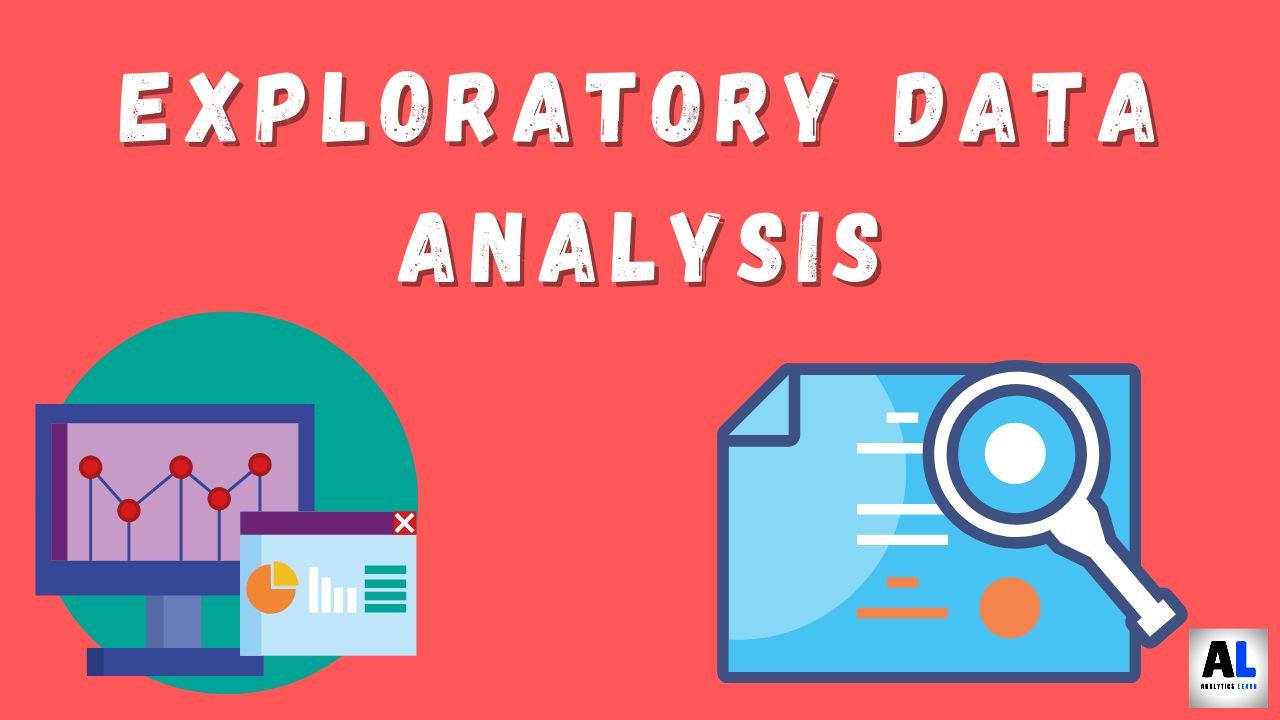Here in this article, we will see what is enterprise-wide data and analytics Strategy? and what are the different companies that implement them.
An enterprise-wide data and analytics strategy is a comprehensive approach to managing and leveraging data assets across an entire organization.
It involves the integration of data from various sources, such as internal systems, third-party data providers, and social media, and the use of advanced analytics techniques to extract insights and inform decision-making.
The goal of an enterprise-wide data and analytics strategy is to provide a holistic view of the organization, its operations, and its customers, and to use data to drive business outcomes and gain competitive advantage.
Why Enterprise-Wide Data and Analytics Strategy?
An enterprise-wide data and analytics strategy typically involves the development of a data governance framework, which establishes policies and procedures for managing data assets, including data quality, security, and privacy.
It also involves the development of a data architecture, which outlines the data sources, storage mechanisms, and analytics tools that will be used to support the strategy.
The strategy must also be aligned with the organization’s overall business goals and objectives, and involve multiple stakeholders and departments, including IT, marketing, finance, and operations.
What are the key Elements of Data and Analytics Strategy?
The key elements of a data and analytics strategy typically include:
- Defining business goals and objectives
- Identifying data sources and relevant metrics
- Establishing data governance policies and procedures
- Selecting appropriate analytics tools and technologies
- Building a team of data experts
- Fostering a data-driven culture throughout the organization
- Developing processes for data collection, storage, and analysis
- Piloting and iterating the strategy to improve outcomes over time
- Regularly monitoring and measuring results to ensure the strategy is delivering value.
Benefits Implementation of an Enterprise-Wide Data and Analytics Strategy
The implementation of an enterprise-wide data and analytics strategy can provide numerous benefits for organizations, including:
1. Improved decision-making:
By providing deeper insights into operations, customer behavior, and market trends, data analytics can help organizations make more informed and data-driven decisions.
2. Optimization of operations:
By analyzing data from various sources, organizations can identify inefficiencies and areas for improvement in their operations, and implement changes to optimize processes and reduce costs.
3. Enhanced customer experience:
By leveraging data to gain a better understanding of customer behavior and preferences, organizations can personalize customer interactions and improve the overall customer experience.
4. Competitive advantage:
By using data to gain insights into market trends and customer behavior, organizations can stay ahead of the competition and identify new opportunities for growth and innovation.
Related Article: Which Analytics can help to Optimise Website?
5. Increased revenue and profitability:
By leveraging data to optimize operations, improve customer experience, and gain competitive advantage, organizations can increase revenue and profitability over the long term.
How to Implement Enterprise-Wide Data and Analytics Strategy?
To implement an Enterprise-Wide Data and Analytics Strategy, an organization should follow these key steps:
- Develop a data governance framework
- Create a data architecture
- Align with business goals and objectives
- Develop a data-driven culture
- Build a team of data experts
- Pilot and iterate
- Monitor and measure results.
These steps involve aligning the strategy with business goals, creating a framework for data governance, building a team of experts, fostering a data-driven culture, testing and refining the strategy, and measuring the results.
Related Article: What is Exploratory Data Analysis? | EDA in Data Science
Examples of Companies
Here are some examples of companies that have successfully implemented an Enterprise-Wide Data and Analytics Strategy:
1. Netflix:
Netflix is a prime example of a company that has leveraged data and analytics to gain a competitive advantage in the entertainment industry.
They use data to personalize content recommendations for each user, optimize their content library, and target advertising campaigns.
Netflix also has a data-driven culture where employees are encouraged to experiment and learn from data to improve their decision-making.
2. Coca-Cola:
Coca-Cola uses data and analytics to optimize its supply chain operations, improve marketing campaigns, and develop new products.
They use machine learning algorithms to analyze consumer data and gain insights into consumer preferences and behaviors.
3. Amazon:
Amazon is renowned for its use of data and analytics to drive business decisions.
They use customer data to personalize their product recommendations, optimize their supply chain, and develop new products.
Amazon also uses data analytics to improve their customer experience, such as by reducing the time it takes for a customer to find and purchase a product.
4. Target:
Target uses data and analytics to identify trends in consumer behavior, optimize pricing strategies, and personalize marketing campaigns.
They also use data analytics to improve their inventory management and reduce costs.
5. Ford:
Ford has implemented a data and analytics strategy to optimize their production processes, reduce waste, and improve product quality.
They use data analytics to monitor their supply chain operations and identify areas where they can make improvements.
Overall, these companies have successfully implemented an Enterprise-Wide Data and Analytics Strategy to improve their decision-making, gain a competitive advantage, and drive innovation.
These companies have used data analytics to improve decision-making, optimize operations, enhance customer experience, and gain competitive advantage, leading to sustained business success.
Related Article: How to do Data Processing for Analysis?
Conclusion
In conclusion, an enterprise-wide data and analytics strategy is a comprehensive approach to managing and leveraging data assets across an entire organization.
It involves the integration of data from various sources, the use of advanced analytics techniques, and the alignment of the strategy with the organization’s overall business goals and objectives.
The implementation of an enterprise-wide data and analytics strategy can provide numerous benefits for organizations, including improved decision-making, optimization of operations, enhanced customer experience, competitive advantage, and increased revenue and profitability.
Companies that successfully implement enterprise-wide data and analytics strategies can drive long-term business success and stay ahead of the competition in today’s data-driven business landscape.

DataScience Team is a group of Data Scientists working as IT professionals who add value to analayticslearn.com as an Author. This team is a group of good technical writers who writes on several types of data science tools and technology to build a more skillful community for learners.










